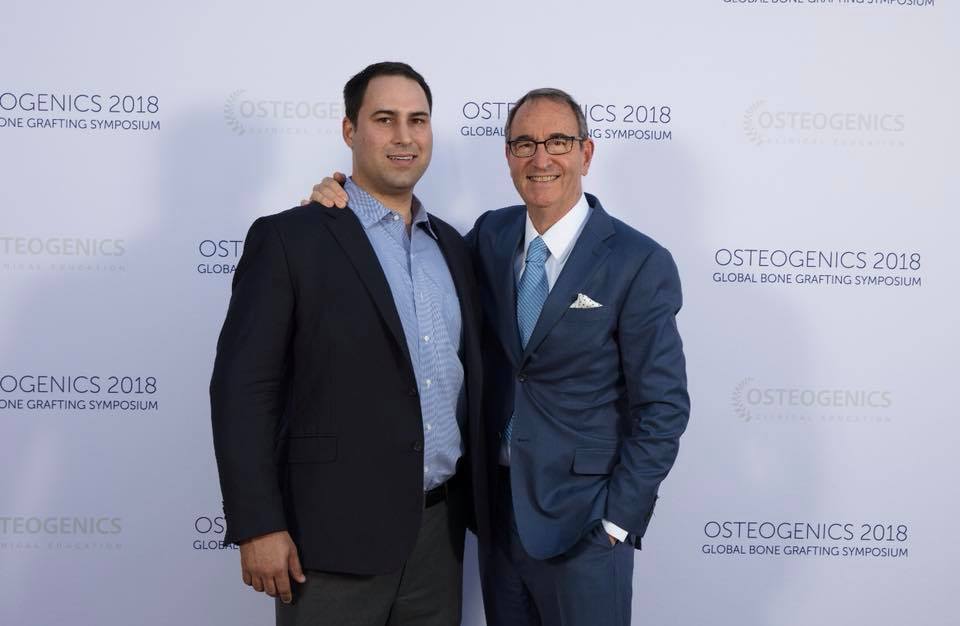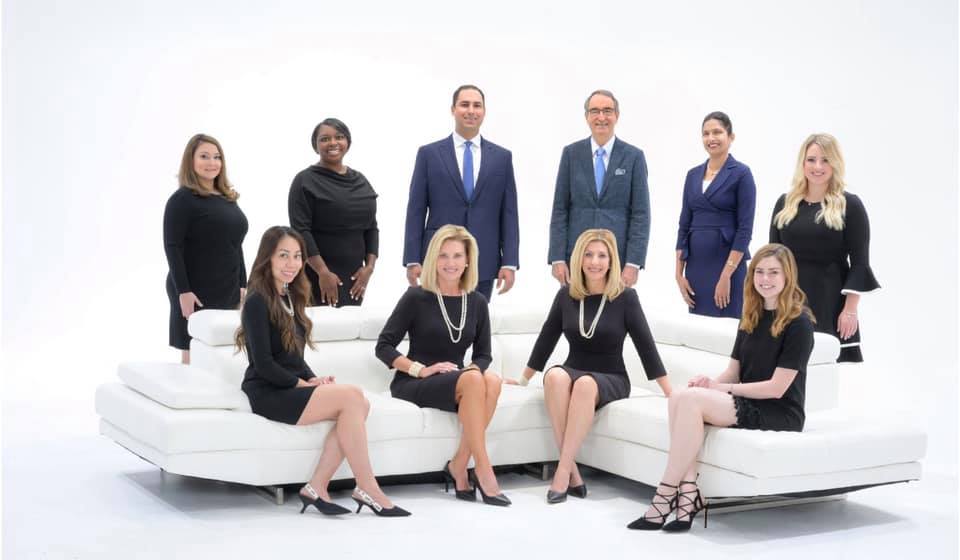John B. Wilson DDS, MS is a Dallas native and a graduate of St. Mark’s School of Texas. He graduated from the University of Pennsylvania, where he participated in the division I rowing team for four years. After college, Dr. Wilson returned to Dallas, working as a rowing coach and teacher. As a son of a periodontist, Dr. Wilson felt his calling was to enter the field of dentistry. He received his D.D.S. from Texas A&M College of Dentistry, where he was a member of both the Omicron Kappa Upsilon and Odontological Honor Societies, receiving the Tollefsbol award for excellence in clinical sciences, as well as the Oral and Maxillofacial Pathology Award. Dr. Wilson continued his education and received his Masters of Science in Oral Biology and Certificate in Periodontics from Texas A&M.
Dr. Wilson has written dental articles and also a book chapter “Examination of Patients with Dental Implants.”
Dr. Wilson is passionate about digital dentistry solutions, minimally invasive approaches, dental implants and innovative soft tissue procedures. A second-generation periodontist, Dr. Wilson welcomes open dialog with his patients about both traditional and advanced approaches to restoring mouths to comfort, function and esthetics.
Dental Implants
Dental implants are designed to provide a foundation for replacement teeth that look, feel, and function like natural teeth. The implants themselves are titanium or titanium/zirconia posts that are surgically placed into the jawbone where teeth are missing. These metal anchors act as tooth root substitutes.
The bone bonds with the implant, creating a strong foundation for artificial teeth. At an appropriate time a small post (abutment) is placed that protrudes through the gum which enables crowns, bridges or dentures to be attached to the implants. Dental implants can also help preserve facial structure, preventing the bone deterioration that occurs when teeth are missing.
Gum Grafting
Bone holds up gum. Gum recession will not occur if normal bone levels are found around the teeth. Bone loss can occur from periodontal disease or as a result of the root of the tooth being out of the bony housing. There are two types of gum. One is strong and bound down (called attached gingiva), one is not (alveolar mucosa). Areas of bone loss without strong gum have a good chance of receding. In these situations the problem can be made worse by aggressive brushing, especially with new generation “whitening” toothpaste. Brushing with a soft toothbrush with a nonabrasive toothpaste will reduce the probability of recession.
Areas of recession can be successfully repaired. One of the goals is to prevent further recession, a secondary goal (although frequently an important one) is covering the exposed root surface. There are several reasons to treat these areas.
Continued gum recession
Esthetic concerns (long teeth)
Dental restorative margins that with touch the gum margin
Proposed orthodontic therapy
Continued abrasion of the exposed root surface
Thermal sensitivity (especially to cold) from root exposure
Gum recession can be treated in several ways, all of which involve gently lifting the existing gum tissue. The goal is to establish a band of healthy, strong bound-down tissue. Several types of materials can be used for augmentation. The material that has the greatest longevity and the best long-term results is the patient’s own gum. The tissue is harvested from an area that has the type of strong gum needed, then placed underneath the tissue in the graft site. In selected cases, a specific type of human donor tissue can be used as a substitute. These two materials have the best long-term results.
Bruxism Treatments
Bruxism is an oral parafunctional activity that commonly occurs in most people at some point in their lives. The two main characteristics of this condition are grinding of the teeth and clenching of the jaws. These actions usually occur during a person’s sleeping hours, but they also occur during the day. Many of us are unaware that we have this problem.
Bruxism is one of the most common known sleep disorders. Chewing is a neuromuscular activity controlled by a subconscious process, but more highly controlled by the brain. During sleep, the subconscious process may become active, while the higher control is inactive (asleep), resulting in bruxism. The most common symptoms are headaches, muscle pain or tightness, and transient cold sensitivity of the teeth.
Ridge Augmentation
Ridge augmentation is a common dental procedure performed to help recreate the natural contour of the gums and bone that may have been lost due to tooth extraction, trauma, or for another reason.
The alveolar ridge of the jaw is the bone that surrounds the roots of teeth. When a tooth is removed, an empty socket is left in the alveolar ridge bone. Usually, this empty socket will heal on its own, however, as the site heals there can be extensive bone shrinkage within the first several months following the extraction. The previous height and width of the socket will continue to deteriorate with time.
Rebuilding the original height and width of the alveolar ridge is not medically necessary, but may be required for dental implant placement, or for aesthetic purposes. Dental implants require bone to support their structure, and a ridge augmentation can help rebuild this bone to accommodate the implant.
The Sinus Augmentation Procedure
The key to a successful and long-lasting dental implant is the quality and quantity of the jawbone to which the implant will be attached. If bone loss has occurred in or around the sinus, a sinus augmentation procedure can raise the sinus floor and allow for new bone formation.
If there is adequate remaining bone, the sinus can be elevated at the time of implant placement preventing the necessity for two separate surgeries. The membrane lining the sinus is pushed upward through the same opening that the implant will be placed. The underlying space may be filled with bone grafting material. The dental implant will be placed and the healing process begins. After several months of healing, the implant can be restored.
If there is minimal to no bone in the sinus, the bone graft will need to be performed first. There are two types of sinus augmentation and the appropriate approach depends on the amount of remaining bone. In this procedure, the bone will need to heal for approximately six months prior to implant placement. The sinus graft makes it possible for many patients to have dental implants when years ago there was no other option besides wearing loose dentures.
Does placing the implants hurt?
During the surgical procedure appropriate anesthetics are used to keep you comfortable and without pain. Following implant placement most patients feel the need for medication designed to relieve discomfort the day of the surgery. Few patients need this type of medication for more than 24-48 hours.
Are implants expensive?
Yes, if done correctly. The time it takes to properly plan the case, place, and restore the implant(s) is greater than that required for most other dental procedures. This means that the average implant may be more expensive than the average fixed bridge. One should consider, however, that the average implant lasts far longer than the average bridge and that implants add back the strength lost when a tooth is removed. Other forms of restorations do not.
How long will it take until I can get my teeth?
This depends on your situation. Some implants can be put into function the day they are placed; some require several months before they can be put into function.
Will my implants set off a metal detector at an airport?
No.
Will I have to go without my front teeth while the implants heal?
No. A temporary tooth or teeth can be fabricated and worn while your implants are healing.





